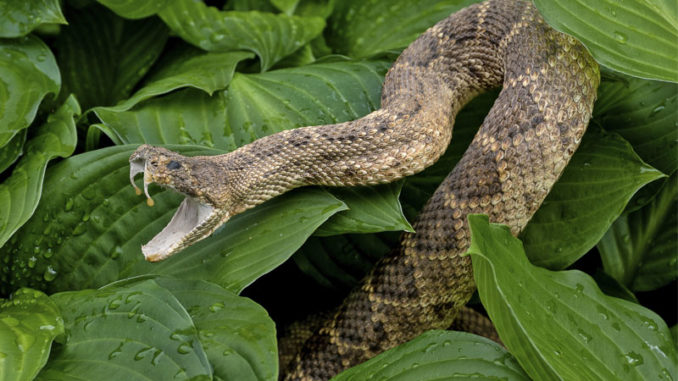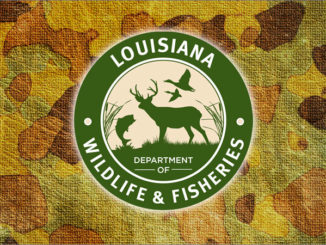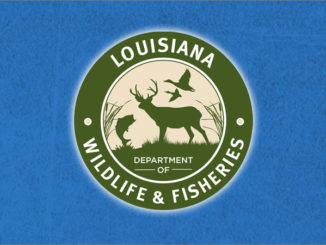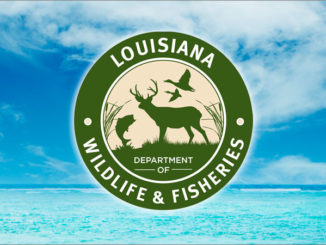
Wildlife interactions are frequent after storms
As cleanup efforts accelerate during the second week after Hurricane Ida, human interaction with displaced wildlife continues to be a concern.
The Louisiana Department of Wildlife and Fisheries issued warnings about the potential for displaced wildlife in the days after the storm, but as more residents return to areas that have been inaccessible because of obstructed roads and flooding, the likelihood that they will encounter displaced animals increases.
Members of some coastal species are likely to seek high ground during a major storm; these animals may still be displaced. Similarly, flooding and related environmental pressures often force animals into areas where they would not normally be found.
In a press release issued last week, the LDWF asked the public “to be especially cognizant of wildlife forced into populated areas by flood waters from the storm” and “to minimize contact with animals while they seek temporary refuge from their flooded home range.”
As always, do not feed or attempt to handle a wild animal, and do not leave food or food waste in areas accessible to wildlife. Providing food to wild animals, even inadvertently, encourages them to remain in your vicinity. Additionally, LDWF advises residents to avoid roadways near flooded areas whenever possible to reduce the likelihood of disturbance and collisions with wildlife.
Species of Concern:
Black bears: The Louisiana black bear is a species of concern when high water moves bears out of their habitat. For assistance with black bears that may be forced into populated areas by flood waters, call 1-337-262-2080.
Alligators, snakes: Flood waters will carry reptiles into populated areas where they may not normally be noted in significant numbers. After flooding, exercise extreme caution when salvaging possessions from flooded areas. Wildlife, especially reptiles, may remain in flooded areas and pose a safety threat. Venomous snake species in Louisiana include the canebrake rattlesnake, the copperhead, the cottonmouth, the eastern diamondback rattlesnake, the harlequin coral snake, the pygmy rattlesnake, and the Texas coral snake.
Deer and feral fogs: Deer and feral hog populations represent two large quadruped species that may appear in populated areas in significant numbers as flood waters them out of their natural habitats. As is the case with all wild animals, how these species will react to humans in close contact situations is unpredictable. LDWF recommends allowing these species, when sighted individually or in groups, to move unimpeded through flooded areas as they seek higher ground.
Marine mammals: To report marine mammal strandings, contact Audubon Nature Institute’s Coastal Wildlife Network at 504-235-3005.
Sea turtles: To report sea turtle strandings, call 1-844-SEA-TRTL (1-844-732-8785). Select Option 4 to report a stranded sea turtle and then Option 4 for Louisiana.


